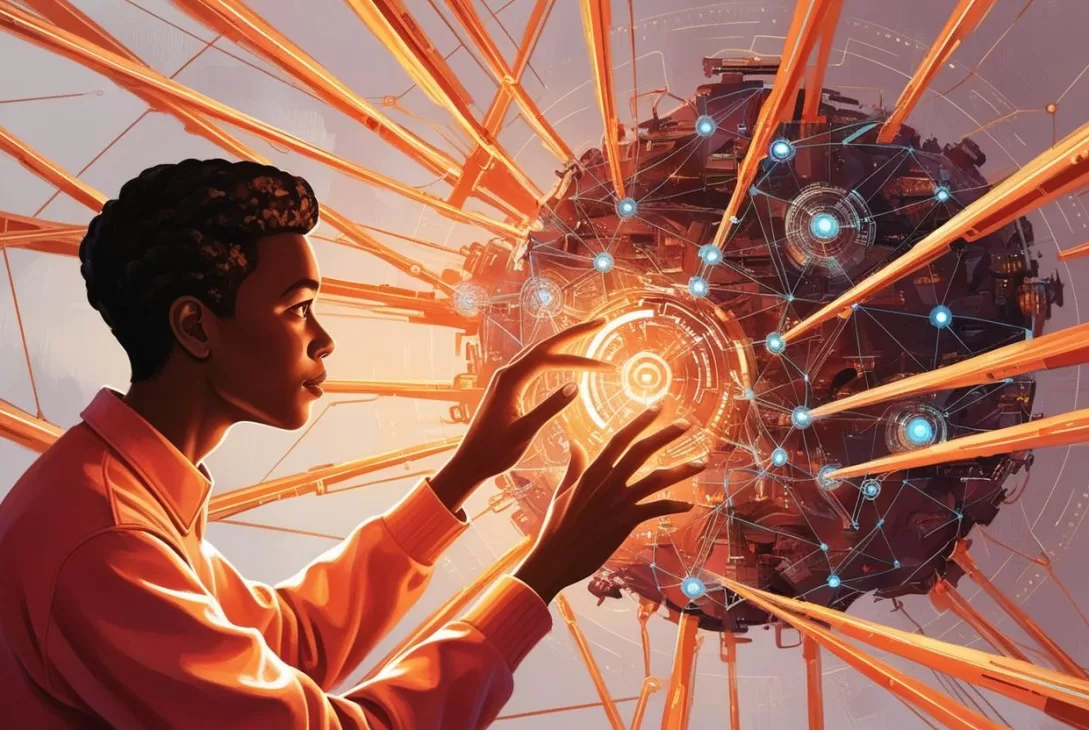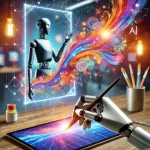AI Is Changing Fast—But Where Do Humans Fit In?
Let’s be honest—artificial intelligence (AI) is everywhere these days. From smart assistants helping us plan our day to businesses using AI to recommend products or automate tasks, there’s no denying it: AI is reshaping the way we live and work.
But here’s the thing… it’s not just about machines doing all the thinking.
There’s a crucial piece that often gets overlooked in this rapid tech evolution: human involvement. That’s where the idea of the “human in the loop” comes into play.
In this post, we’ll explore what that phrase really means, why humans still matter in an AI-driven world, and how businesses can stay on top of the evolving artificial intelligence landscape.
What Does “Human in the Loop” Really Mean?
Imagine driving a semi-autonomous car. The vehicle can steer itself and follow the road, but when unexpected things happen—say a construction zone—the human needs to take the wheel.
That’s the core idea of “human in the loop” (HITL).
It’s all about involving people in critical steps of an AI process. Even though machines can process data and make decisions, humans are still needed for things like:
- Training AI models
- Monitoring AI output
- Making final decisions based on AI recommendations
So, while AI may be smart, it’s still learning. And humans? We provide that common sense and emotional intelligence that machines can’t quite match—at least not yet.
Why AI Still Needs Humans
Let’s say an AI tool is analyzing resumes to help hire new team members. Sounds great, right? But what if the AI unknowingly favors certain candidates because of biased training data?
That’s where humans step in.
We sense when something’s off. We steer the system back on track, and we make sure the technology is used fairly and ethically.
Here’s why human involvement is essential:
- Bias Detection: AI can reflect biases in the data it’s trained on. Humans can spot and fix these issues.
- Contextual Judgment: AI might miss subtle cues or not understand the bigger picture. Humans add context.
- Emotional Intelligence: AI doesn’t feel; it can’t read the room like a person can.
- Ethical Oversight: People make sure AI decisions align with values and compliance rules.
AI may do the heavy lifting, but humans are here to guide and fine-tune the process.
Keeping Up with the Changing AI Landscape
AI is moving fast—really fast. One minute we’re amazed by a chatbot that can book our dinner reservation. The next, we’re watching AI generate realistic images or entire blog articles!
So how do businesses keep up? And more importantly, how can they use AI with a human-first mindset?
Here are a few tips to help you stay ahead:
1. Don’t Just Adopt AI—Understand It
Before jumping on the bandwagon, take time to learn how AI tools work. Understand what data is required, how the model is trained, and where there might be blind spots.
Try asking yourself:
– What decisions will this AI tool affect?
– Who’s responsible for oversight?
– How will we measure success or errors?
2. Invest in Training for Your Team
New tech means new skills.
Make sure your team knows how to work with AI, not against it. Train your employees on using AI tools, interpreting results, and stepping in when needed.
Think of it like adding a new team member—your staff needs to know how to collaborate.
3. Set Clear Rules and Responsibilities
Who calls the shots? AI or the human?
Clear guardrails are key. Define when human review is required and where automation is safe. For example, in healthcare, AI might suggest treatment options—but doctors make the actual call.
Bottom line: Always put people in charge when decisions affect human lives, security, or ethics.
Real-Life Examples: Humans Teaming Up With AI
Let’s look at a few areas where HITL models are in action:
Customer Service
Many companies now use AI-powered chatbots to handle simple FAQs. But when emotions run high or the issue is complex? A live person jumps in.
This balance between automation and empathy is a perfect HITL scenario.
Marketing and Personalization
AI tools can analyze data to suggest which products to show customers. But marketers still decide what messaging aligns with brand values, and they tailor campaigns accordingly.
Want a message to feel human? It helps to have a human behind it.
Healthcare Diagnostics
AI systems can scan X-rays or MRIs and highlight potential issues. It’s helpful—but it’s the doctor who delivers the diagnosis and talks to the patient.
That human touch still matters.
Looking Ahead: A Future of Collaboration, Not Replacement
There’s a common fear that AI will replace jobs or even people. But the future isn’t about robots taking over—it’s about people and machines working together.
Think of AI as the tool, not the boss.
When we put “humans in the loop,” we create systems that are more accurate, fair, and reliable. We also maintain empathy and ethical standards—two things no machine can replicate.
And let’s face it, we still need creativity, compassion, and critical thinking in every industry.
Final Thoughts: Keep the Human Heartbeat in AI
As we keep navigating this AI-powered world, one thing is clear:
Technology should enhance our abilities—not replace them.
So go ahead—explore AI. Use it in your business. Let it help you move faster, make smarter decisions, and serve your customers better.
But always make sure there’s a human in the loop.
Because when people and technology work hand in hand, everything gets better.
Whether you’re a small business owner, digital marketer, or tech enthusiast, now’s the time to embrace AI—and stay human while doing it.
Want to Stay Ahead in the AI Game?
Ready to integrate AI into your strategy? Curious about what tools are right for your business? We’re here to help.
Reach out today and let’s explore how humans and AI can create smarter, more successful outcomes—together.









